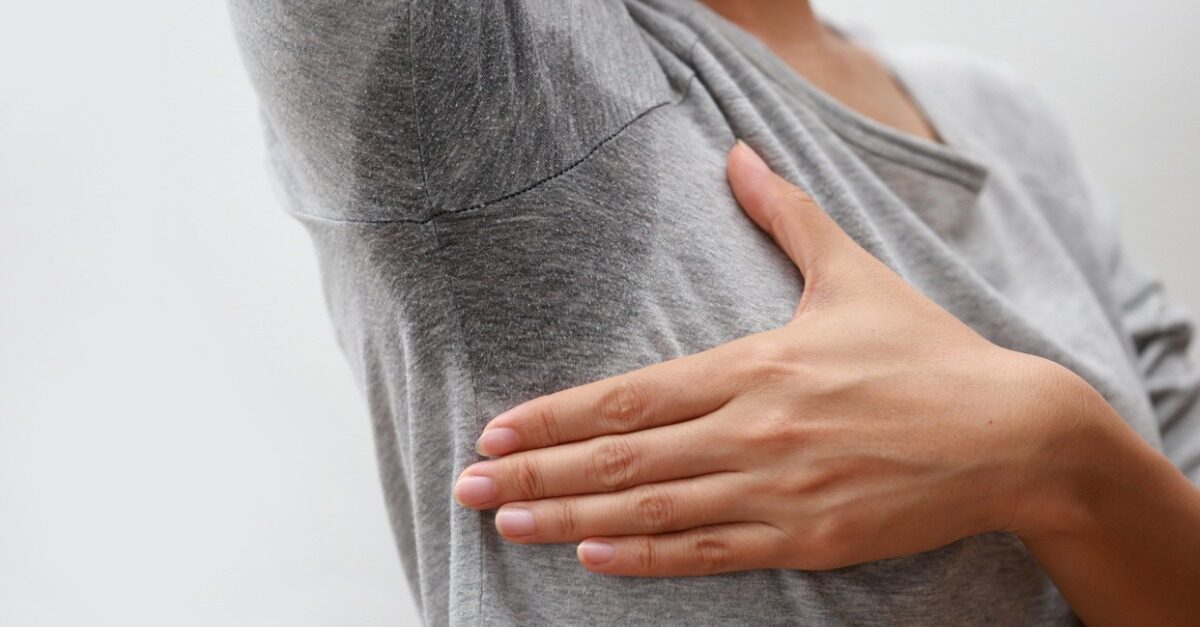Excessive sweating, also known as hyperhidrosis, is a condition that affects millions of people worldwide. It is characterized by abnormal sweating, which occurs even when the body does not need to cool down. This condition can be both physically uncomfortable and emotionally distressing, impacting everyday activities, self-esteem, and social interactions. Fortunately, there are several effective treatments available to provide relief and help manage this condition.its explore Excessive Sweating Hyperhidrosis in Dubai .
Understanding Hyperhidrosis
Hyperhidrosis is categorized into two types: primary and secondary. Primary hyperhidrosis occurs without an underlying medical condition and is often localized to specific areas, such as the hands, feet, underarms, or face. Secondary hyperhidrosis, on the other hand, is caused by an underlying condition such as obesity, diabetes, menopause, or an overactive thyroid. While both forms of hyperhidrosis lead to excessive sweating, the severity, location, and triggers can vary.
Hyperhidrosis can have a significant impact on a person's daily life. It can cause embarrassment, difficulty in social interactions, and challenges in personal hygiene. The condition is often unpredictable, with sweating episodes that can occur at any time, making it difficult to plan or participate in normal activities.
Treatment Options for Hyperhidrosis
There are various hyperhidrosis treatments for excessive sweating relief, ranging from topical solutions to more advanced medical procedures. Each treatment option works differently depending on the severity and location of the sweating, as well as the individual's response to the treatment. Below are some of the most common and effective approaches to managing excessive sweating.
1. Antiperspirants
The first line of defense for treating hyperhidrosis often involves the use of prescription-strength antiperspirants. These products contain aluminum chloride, which blocks sweat glands and reduces the amount of sweat produced. Prescription antiperspirants are usually applied directly to the affected areas, and their effectiveness can vary from person to person. For many, these antiperspirants provide adequate relief for mild to moderate cases of hyperhidrosis.
2. Oral Medications
In cases where topical treatments are not sufficient, doctors may prescribe oral medications known as anticholinergics. These medications work by blocking the chemical signals that trigger sweating. While effective, they can have side effects, such as dry mouth, blurred vision, and urinary retention. Therefore, these medications are typically recommended for short-term use or in cases where other treatments have not been successful.
3. Botox Injections
Botox (botulinum toxin) has become a popular and effective treatment for hyperhidrosis. Botox works by blocking the nerve signals that stimulate sweat glands. The injections are typically administered into the affected area, such as the underarms or hands, and provide significant sweating relief for several months. While Botox can be highly effective, it is not a permanent solution and requires repeat treatments to maintain results.
4. Iontophoresis
Iontophoresis is a non-invasive treatment that uses a mild electrical current to temporarily block sweat glands. During the procedure, the affected area is submerged in water while the electrical current is passed through. This treatment is often used for hyperhidrosis of the hands and feet. It may require multiple sessions for maximum effectiveness, and the results can last for several weeks or months before maintenance treatments are needed.
5. Microwave Therapy (MiraDry)
MiraDry is a treatment that uses microwave energy to target and destroy sweat glands in the underarm area. The procedure is non-invasive and offers long-lasting results, often with a significant reduction in underarm sweat production after just one or two treatments. MiraDry also has the added benefit of being a permanent solution to excessive sweating, as the sweat glands destroyed during the procedure do not regenerate.
6. Surgery
For severe cases of hyperhidrosis that do not respond to other treatments, surgery may be considered. There are two main types of surgical procedures used to treat excessive sweating:
- Sympathectomy: This involves cutting or clamping the sympathetic nerves responsible for sweating. This procedure is often used for individuals with excessive sweating in the hands or face. While it can provide permanent relief, it carries risks and potential side effects, such as compensatory sweating in other areas of the body.
- Sweat Gland Removal: In some cases, doctors may recommend the removal of sweat glands in the affected area. This can be done through methods such as liposuction or excision. Although this option can offer a permanent solution, it is typically reserved for more extreme cases of hyperhidrosis.
7. Lifestyle Changes
While medical treatments are the most effective solution for hyperhidrosis, making certain lifestyle changes can also help manage the condition. Wearing loose, breathable clothing made from natural fabrics like cotton can reduce sweat buildup and improve comfort. Additionally, avoiding triggers such as hot environments, stress, or spicy foods can help reduce the frequency and severity of sweating episodes.
Choosing the Right Treatment
The best approach to treating hyperhidrosis will depend on the severity of the condition, the affected areas, and the patient's response to various treatments. It is important to work with a healthcare provider to explore different options and determine the most suitable treatment plan. Some treatments, such as antiperspirants and oral medications, can be tried at home, while others, such as Botox or surgery, may require professional intervention.
Conclusion
Hyperhidrosis can significantly impact a person's quality of life, but there are effective hyperhidrosis treatments for excessive sweating relief available. From topical treatments and oral medications to advanced procedures like Botox injections, MiraDry, and surgery, individuals with hyperhidrosis can find relief and regain confidence. If you are struggling with excessive sweating, it is essential to consult a healthcare provider to determine the most appropriate treatment for your needs and to develop a personalized plan for managing the condition.





Comments